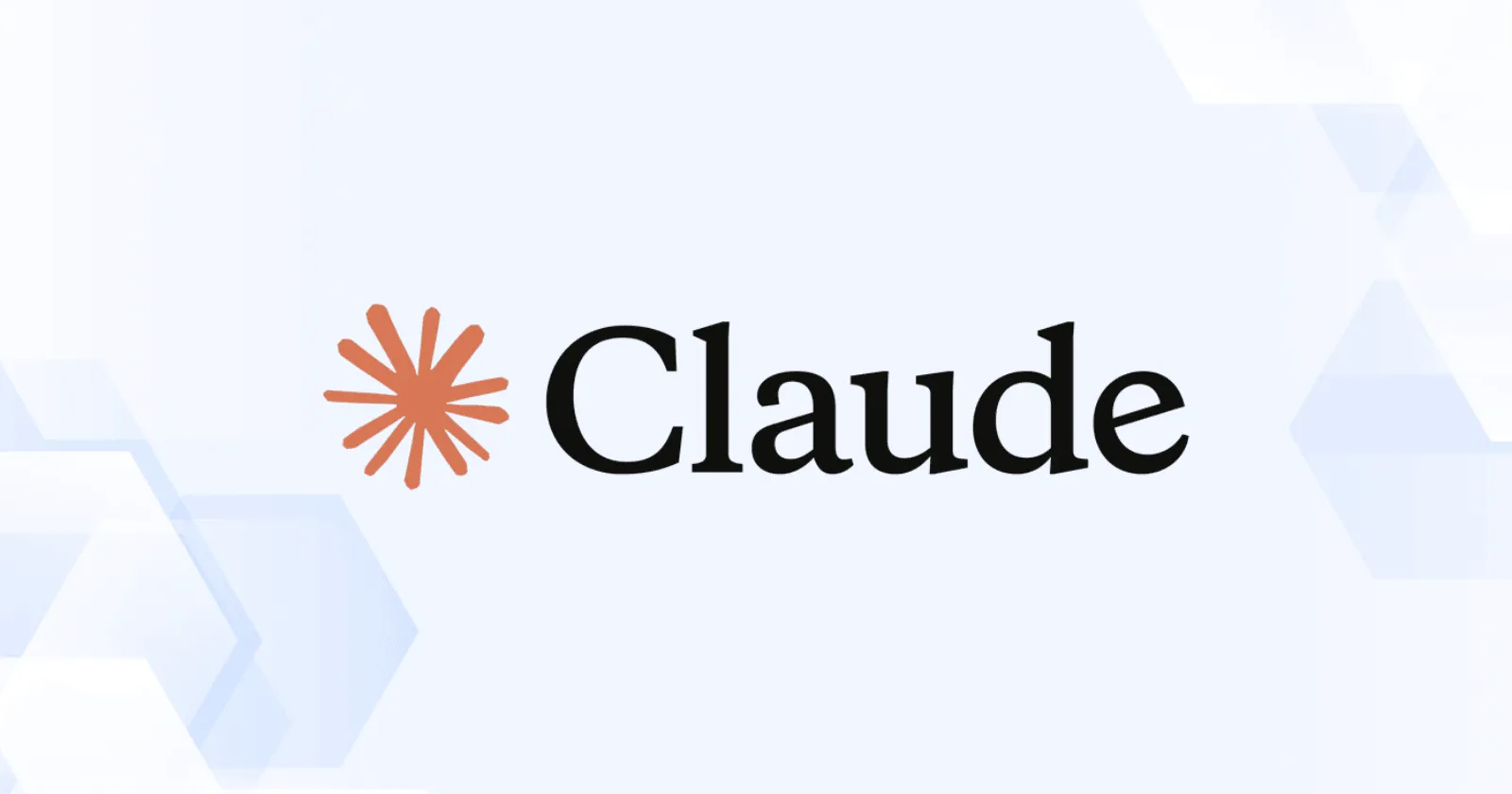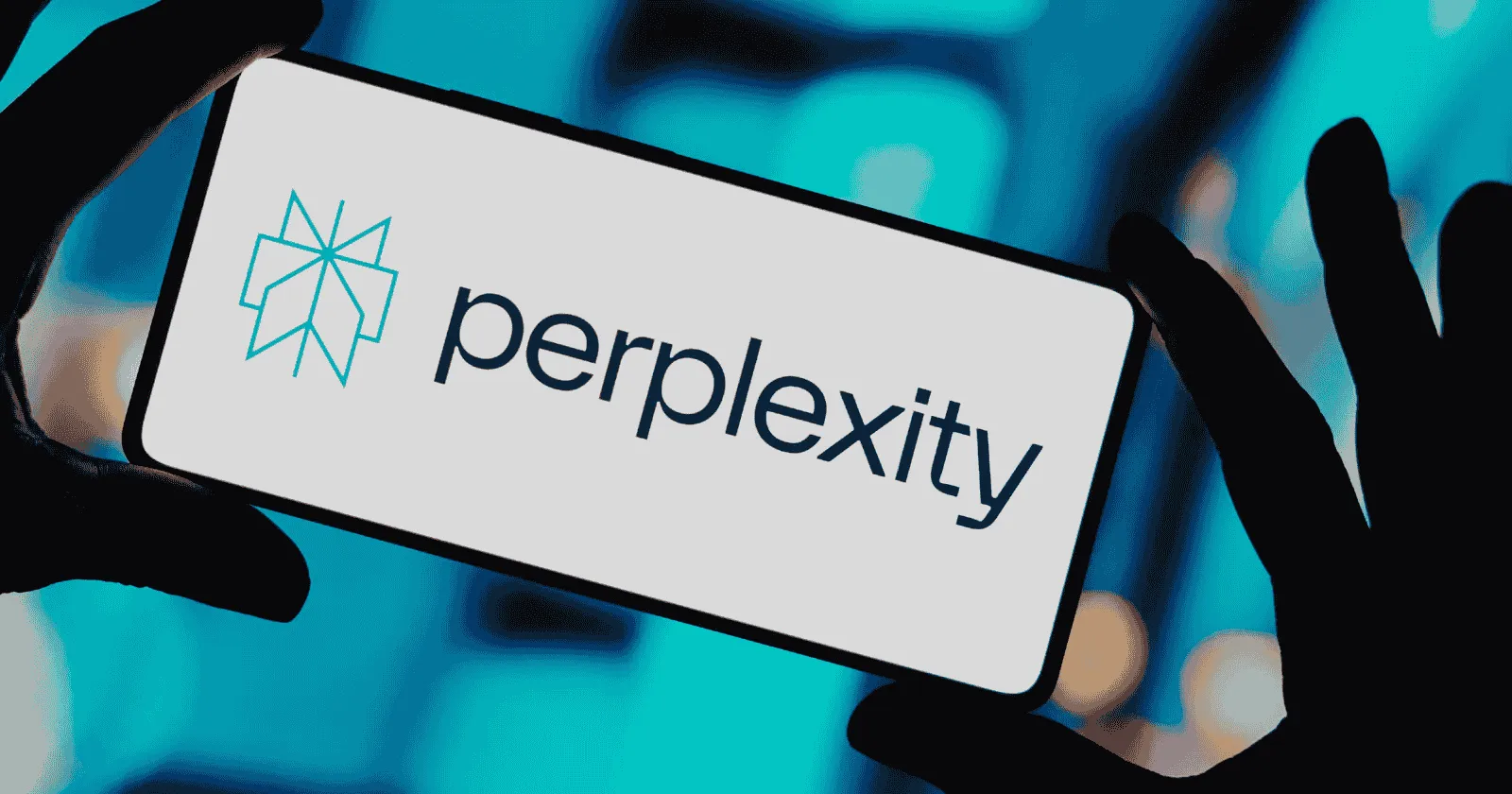AI SEO Workflow: Build Topic Clusters with Perplexity & Claude
In 2025, 68% of SEO professionals struggle to keep up with Google’s evolving algorithms, wasting hours on manual keyword research and content planning. This inefficiency drains budgets and delays rankings in a hyper-competitive digital landscape.
TL;DR: Using AI tools like Perplexity and Claude, you can streamline your AI SEO workflow to build topic clusters that boost topical authority and organic traffic. This guide details a step-by-step process to leverage these tools for keyword research, content creation, and optimization while staying compliant with AI regulations in 2025.
Table of Contents
- What Is an AI SEO Workflow?
- Key Features of AI SEO Tools
- Why AI SEO Workflow Matters in 2025
- Step-by-Step: Building Topic Clusters with Perplexity & Claude
- Comparison Table: Perplexity vs. Claude for SEO
- Pros & Cons of AI SEO Workflow
- Pros
- Cons
- Pricing / ROI of AI SEO Workflow
- ROI Calculation
- Navigating AI Regulations in 2025
- How to Get Started with AI SEO Workflow
- Key Takeaways
- FAQ
What Is an AI SEO Workflow?
An AI SEO workflow integrates artificial intelligence tools to automate and enhance search engine optimization tasks, such as keyword research, content creation, and performance analysis. By combining Perplexity’s real-time web search with Claude’s contextual content generation, you can efficiently build topic clusters—interlinked content pieces centered around a core topic—to establish authority and improve rankings.
What is an AI SEO workflow?
An AI SEO workflow uses AI tools like Perplexity and Claude to automate SEO tasks. Perplexity conducts real-time keyword research and intent analysis, while Claude generates optimized content outlines and drafts. Together, they create topic clusters that enhance topical authority and rankings.
Read also : Canva Magic Studio vs Traditional Designers
Key Features of AI SEO Tools
-
Real-Time Research: Perplexity searches the web for up-to-date keyword trends and competitor insights.
-
Intent Analysis: Identifies user search intent for targeted content.
-
Content Generation: Claude crafts engaging, SEO-optimized drafts and outlines.
-
Keyword Clustering: Groups related keywords into topic clusters for comprehensive coverage.
-
Performance Tracking: Analyzes traffic and suggests optimizations [Source: Hypertxt.ai].
Why AI SEO Workflow Matters in 2025
With Google’s AI-driven algorithms prioritizing topical authority, 82% of top-ranking pages belong to sites with robust topic clusters. Manual SEO methods can’t match the speed and depth of AI tools. Here’s why this matters:
-
Efficiency: AI cuts keyword research time by 70% compared to traditional tools like SEMrush.
-
Relevance: Perplexity’s real-time data ensures content aligns with current trends.
-
Engagement: Claude’s human-like content improves readability and dwell time.
-
Compliance: Tools must adhere to EU AI Act regulations for ethical use.
Yet, 59% of marketers fear AI-generated content may lack originality, risking penalties [Source: Search Engine Journal]. A strategic AI SEO workflow balances automation with human oversight.
Step-by-Step: Building Topic Clusters with Perplexity & Claude
Here’s a practical AI SEO workflow to create topic clusters in April 2025:
-
Identify Pillar Topic: Choose a broad topic (e.g., “digital marketing”). Use Perplexity: “List 10 trending subtopics in digital marketing for 2025.”
-
Conduct Keyword Research: Input subtopics into Perplexity: “Find long-tail keywords and user intent for ‘content marketing strategies.’” Export results.
-
Cluster Keywords: Ask Claude: “Group these keywords [paste list] into logical clusters based on intent and topic similarity.”
-
Create Content Outline: Prompt Claude: “Generate a 500-word blog outline for ‘content marketing strategies’ targeting small businesses.”
-
Draft Content: Use Claude to write drafts: “Write a 1,000-word article based on this outline, using a conversational tone.”
-
Optimize with Perplexity: Query Perplexity: “Compare this draft to top-ranking articles on ‘content marketing.’ Suggest improvements.”
-
Internal Linking: Claude: “Create an internal linking plan for this topic cluster.” Publish and monitor with Google Analytics.
Read also: AI for Real-Time Market Analysis
Comparison Table: Perplexity vs. Claude for SEO
|
Tool |
Key Strength |
Best For |
Limitations |
|---|---|---|---|
|
Perplexity |
Real-time web research, intent analysis |
Keyword research, competitor analysis |
Less robust for long-form content |
|
Claude |
Contextual content generation |
Outlines, drafts, personalization |
No web access, relies on prompts |
For more AI-driven strategies, explore our AI Tools Guide.
Pros & Cons of AI SEO Workflow
Pros
-
Speed: Build topic clusters 5x faster than manual methods.
-
Accuracy: Perplexity’s real-time data ensures relevance.
-
Scalability: Create dozens of articles with consistent quality.
-
Cost Savings: Reduce reliance on expensive SEO agencies.
Cons
-
Prompt Dependency: Poor prompts yield generic content.
-
Fact-Checking: Perplexity may include outdated sources, requiring verification [Source: sdxlturbo.ai].
-
Regulatory Risks: Non-compliance with AI laws can lead to penalties.
-
Over-Automation: Risks producing formulaic content without human edits.
Pricing / ROI of AI SEO Workflow
Pricing as of April 27, 2025 [Last checked: April 27, 2025]:
-
Perplexity: Free tier (5 Pro searches/day); Pro plan at $20/month for unlimited searches and Claude integration.
-
Claude: Free limited access via Anthropic; Pro plan at $20/month for advanced features.
-
Complementary Tools: NeuronWriter ($23/month) for SEO optimization; Ahrefs ($99/month) for analytics.
Read also : AI for SEO: Using Perplexity & Claude to Build Topic Clusters
ROI Calculation
Manual SEO for a topic cluster (10 articles) takes 50 hours at $50/hour, costing $2,500. An AI workflow reduces this to 10 hours, saving $2,000. A 20% traffic increase from rankings can yield $5,000+ in revenue for e-commerce sites.

Navigating AI Regulations in 2025
The EU AI Act and similar laws require transparency in AI-generated content [Source: World Economic Forum]. To stay compliant:
-
Disclose AI Use: Note when content is AI-generated.
-
Protect Data: Use secure platforms like Perplexity Pro with enterprise-grade privacy.
-
Audit Outputs: Regularly check for biases or inaccuracies.
Stay updated with our AI Regulation Tracker 2025.
How to Get Started with AI SEO Workflow
-
Sign Up: Get Perplexity Pro ($20/month) and Claude Pro ($20/month).
-
Learn Prompting: Use Perplexity’s “Focus” feature for targeted research; practice Claude’s role-based prompts (e.g., “Act as an SEO expert”).
-
Integrate Tools: Combine with Ahrefs or NeuronWriter for analytics and optimization.
-
Test Small: Start with one topic cluster and track rankings in Google Analytics.
-
Monitor Compliance: Ensure alignment with 2025 AI laws.
Ready to dominate rankings? Visit xAI’s SEO Hub and download our free SEO Prompt Playbook to build topic clusters that convert.
Key Takeaways
-
Perplexity and Claude streamline AI SEO workflows, cutting content creation time by 70%.
-
Topic clusters boost topical authority, driving 20-30% more organic traffic.
-
Compliance with 2025 AI regulations ensures ethical and penalty-free SEO.
-
Start small, refine prompts, and integrate with analytics for maximum ROI.
Transform your SEO with AI-driven topic clusters. Explore tools and strategies at xAI’s SEO Hub and grab our free SEO Prompt Playbook today!
Read also : Devin AI Autonomous Coding review
FAQ
What is an AI SEO workflow?
An AI SEO workflow uses tools like Perplexity and Claude to automate keyword research, content creation, and optimization, building topic clusters for better rankings.
How do Perplexity and Claude improve SEO?
Perplexity provides real-time keyword and intent data, while Claude generates engaging, optimized content, together creating authoritative topic clusters.
Are AI SEO tools compliant with 2025 regulations?
Yes, but users must disclose AI use, protect data, and audit outputs to align with laws like the EU AI Act.
Can beginners use Perplexity and Claude for SEO?
Absolutely. Their intuitive interfaces and free tiers make them accessible, though prompt practice is needed for best results.
What’s the best AI tool for topic clustering?
Perplexity excels in keyword research, while Claude is ideal for content creation. Combining both maximizes topic cluster effectiveness.
Read also :
Voice Cloning Ethics Legal Guide





